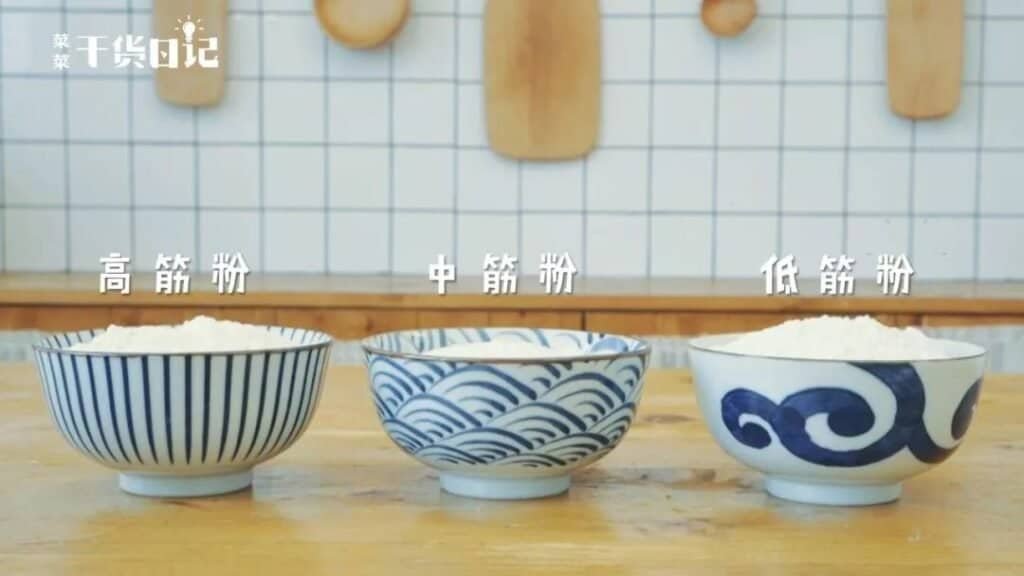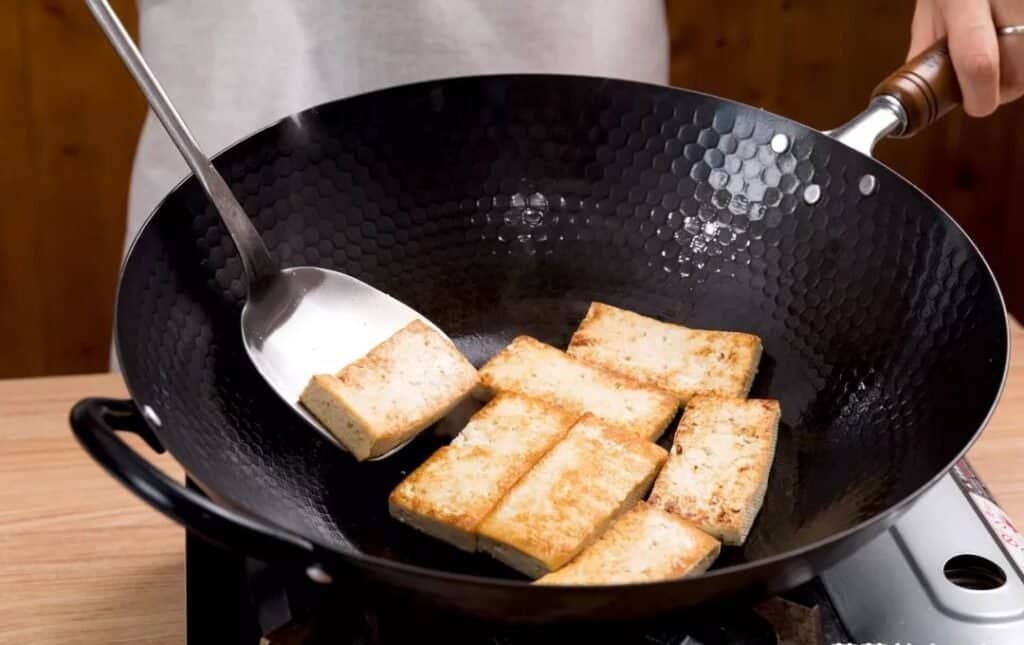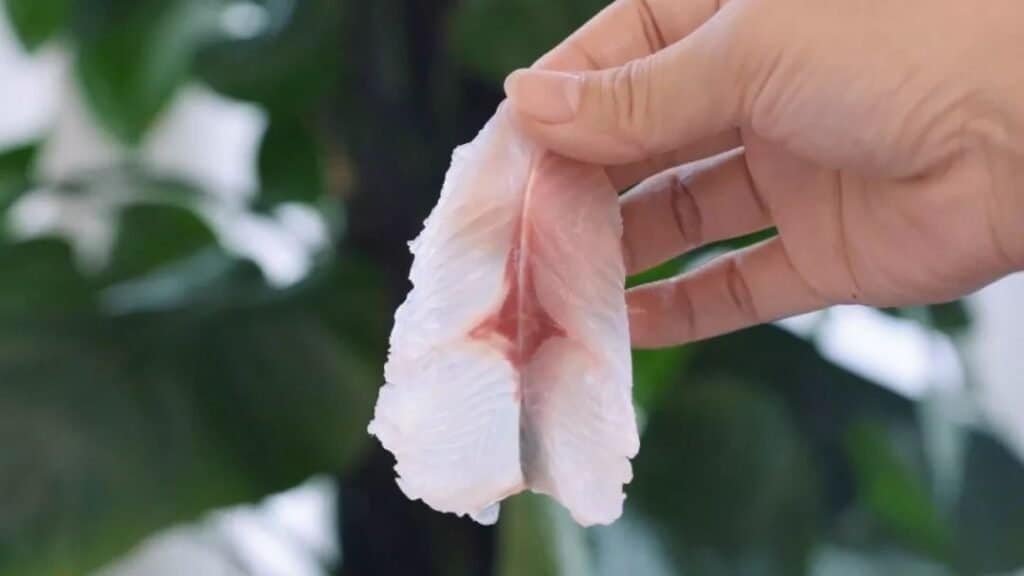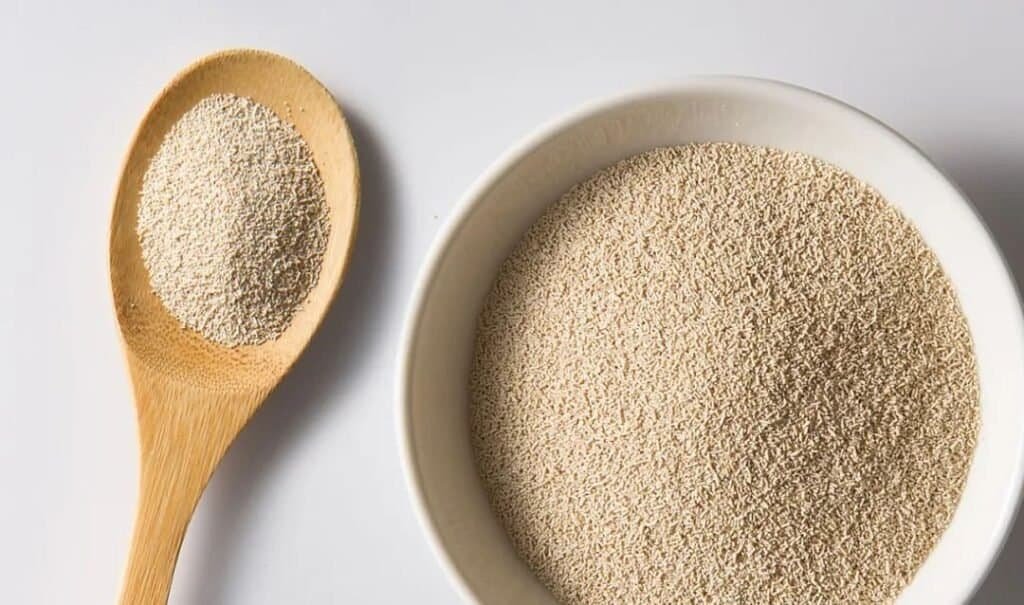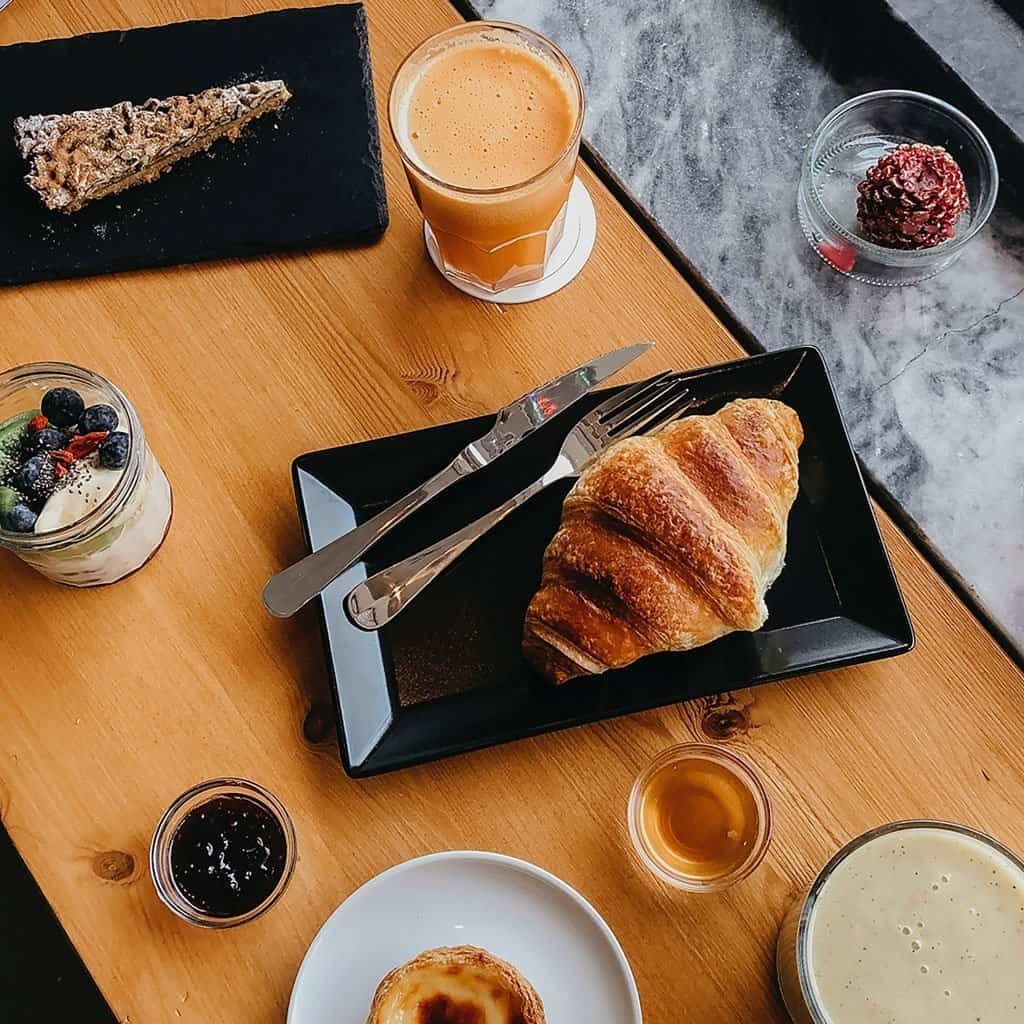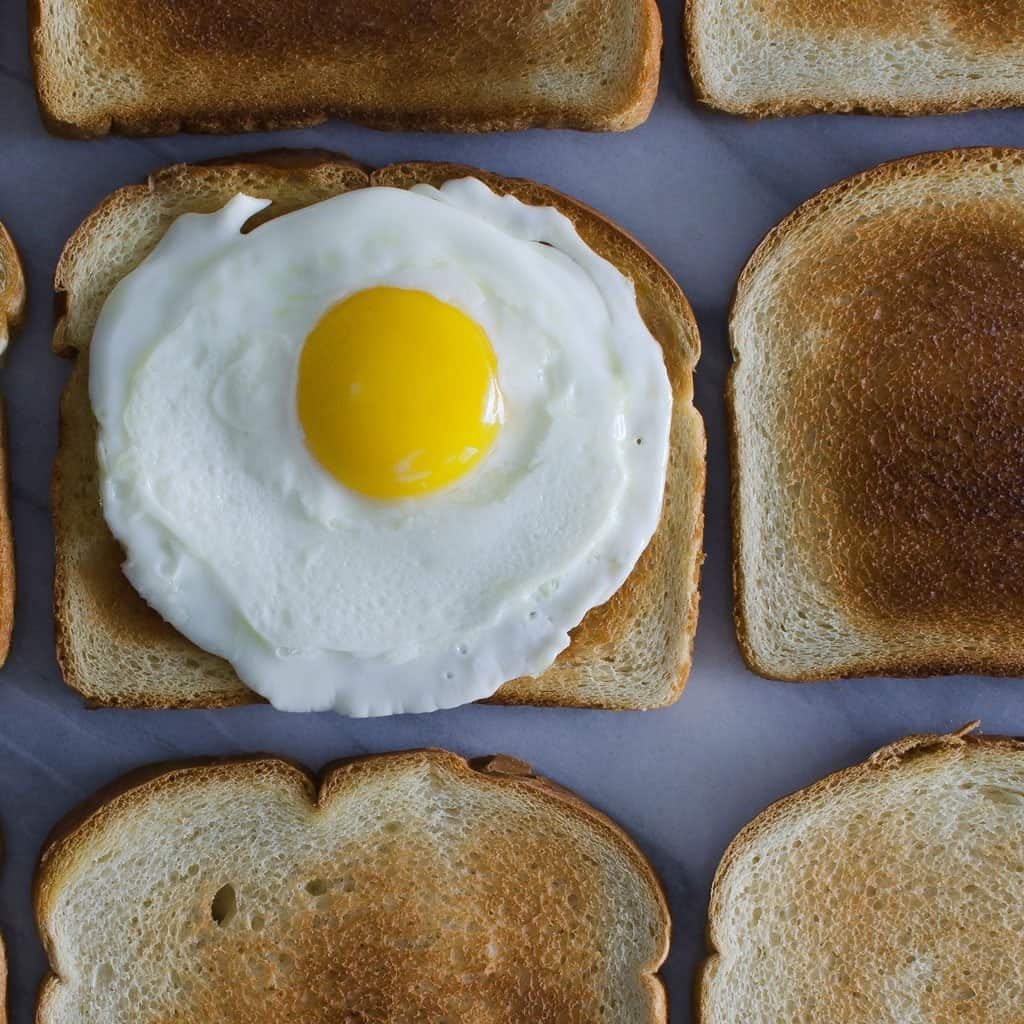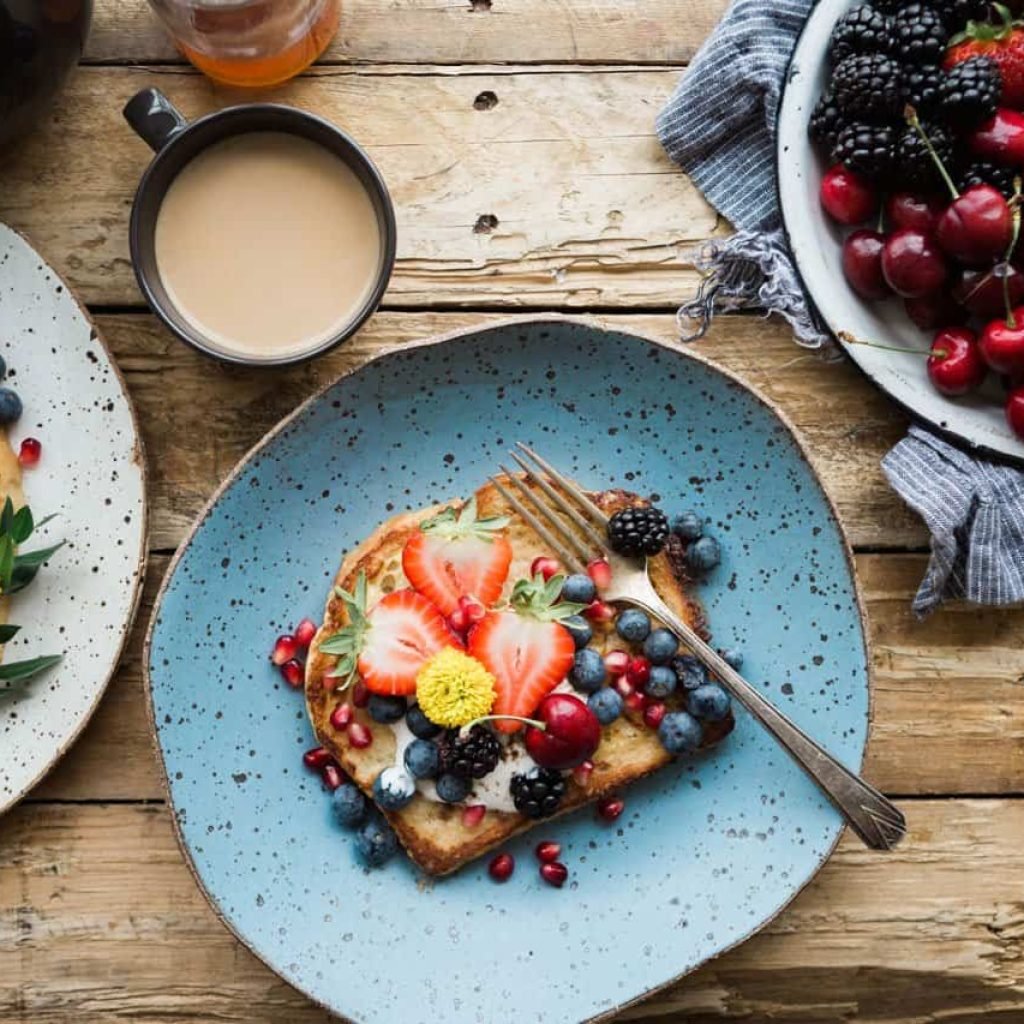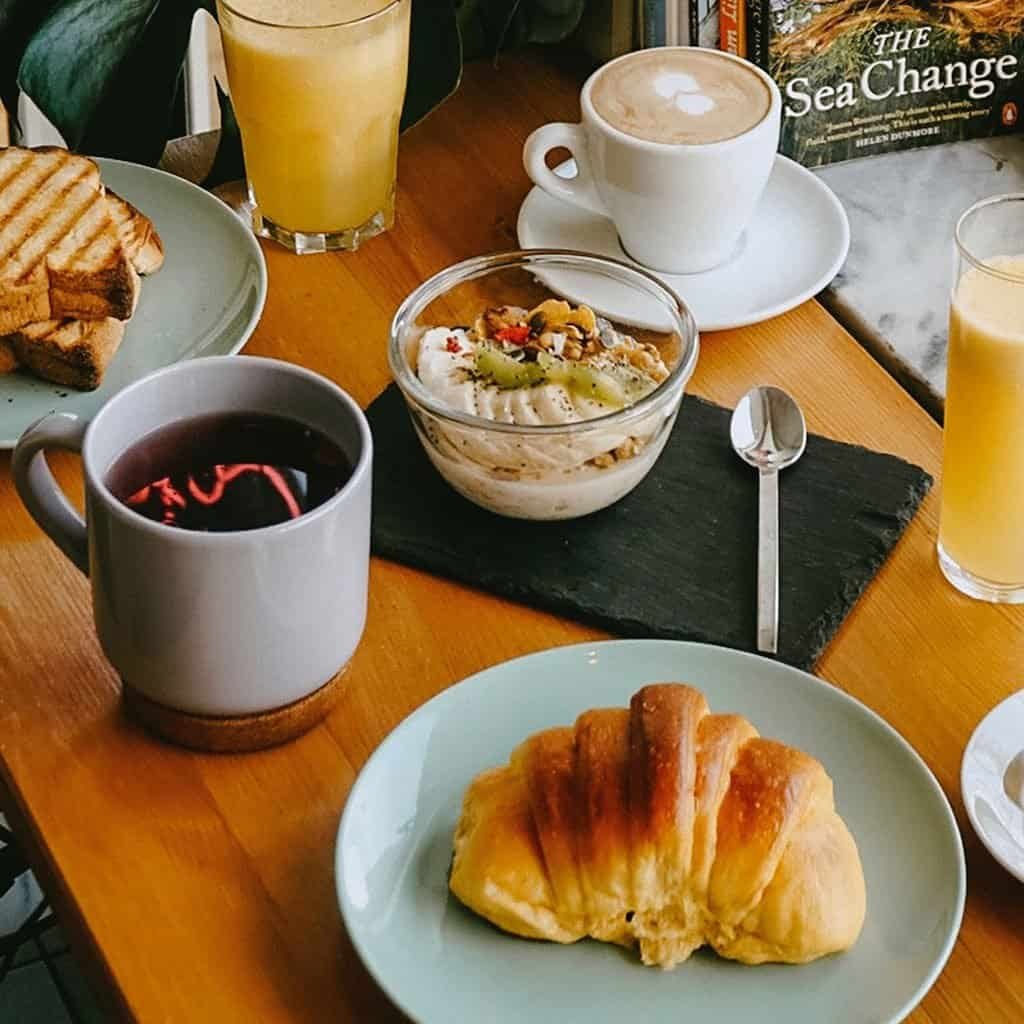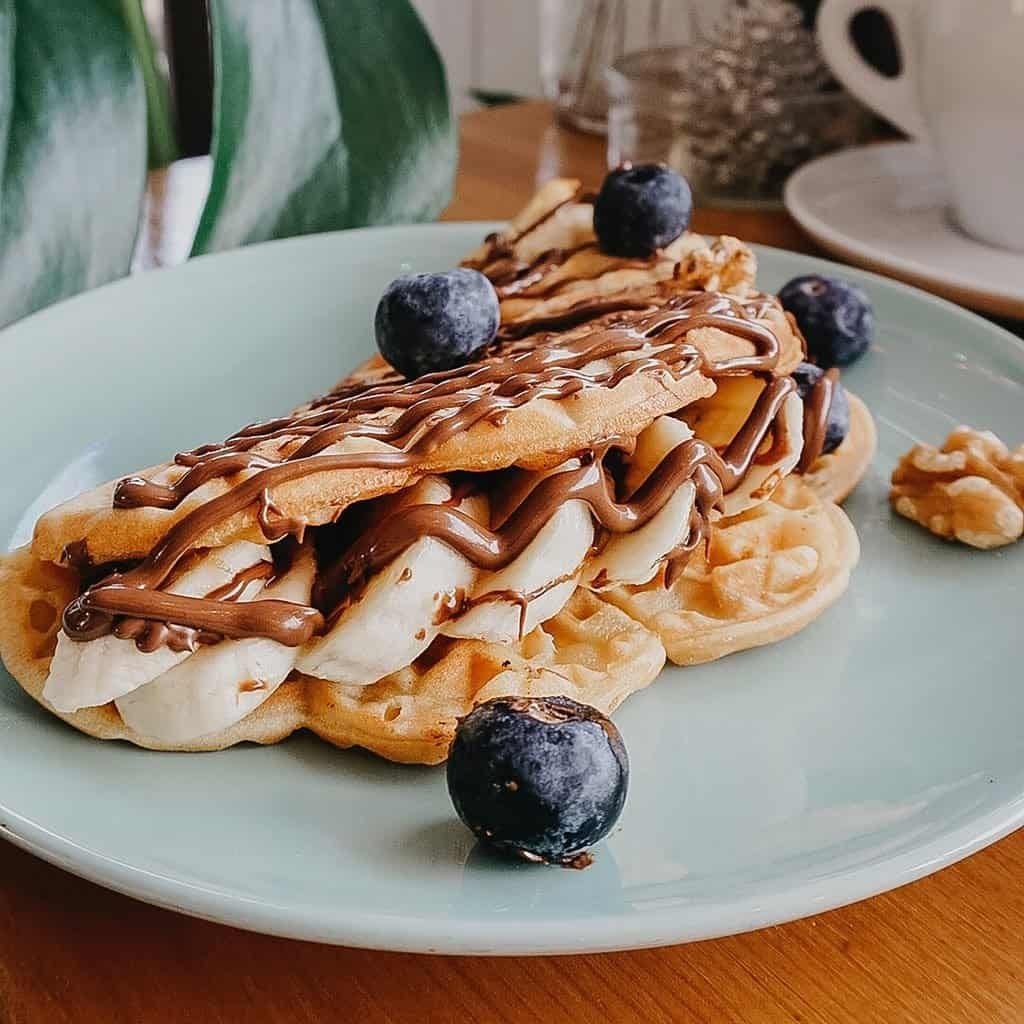The charm of an iron wok lies in its durability. It can last for decades, becoming more and more handy over time. While other pans may come and go, the iron wok remains the same trusty one from the beginning.
To keep your iron wok in top shape, regular maintenance is key. Improper use can lead to sticking and rust, which are common issues.
Today, I’m going to straighten out these problems for you. Make sure to pay close attention! I’ll share rituals for a new wok, daily cleaning tips, and a rust prevention guide. With these tips, your beloved iron wok will be easier to use, non-stick, and rust-free.

Every iron wok user develops a bond with their wok as it becomes seasoned with your personal touch. This is a must-have article!
A Grand “Opening Ceremony” for Your New Iron Wok
The journey of a new iron wok starts not in the kitchen but with a ritual, almost sacred, that sets the foundation for years of cooking. Here’s how I embrace this tradition:
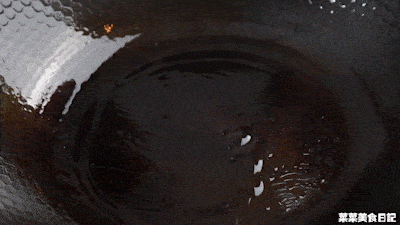
- First Wash: A new wok usually has a protective coating to prevent rust during transportation. I thoroughly scrub it with detergent and a rough sponge, addressing every nook and cranny.
- Boiling Water Method: After the initial wash, I fill the wok with water and bring it to a boil, then let it cool and rinse it again. This process helps remove any remaining impurities.
- Drying and Heating: Once washed, I dry the wok with kitchen towels or a cloth and place it on a medium-high flame. It’s essential to heat the wok evenly, so I keep moving it around.
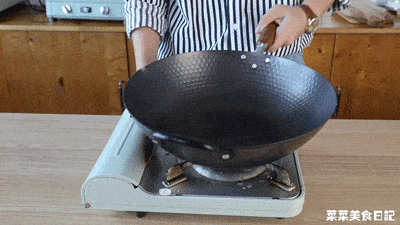
The Oil Seasoning Process:
- Color Change and Smoke: The wok will darken and smoke during heating – this is a normal and expected part of the process. I turn the heat down to the lowest setting when the color change is almost complete.
- Oiling the Wok: Now, for the most crucial part – oiling the wok. I prefer using vegetable oils like corn or sunflower oil for their effectiveness. I pour a small amount of oil and use kitchen paper to spread it evenly across the wok. The goal is a thin, even layer of oil.
- Repeating the Process: One round of oiling isn’t enough. I repeat this process at least three times, ensuring the wok is well-coated and has a shiny appearance.
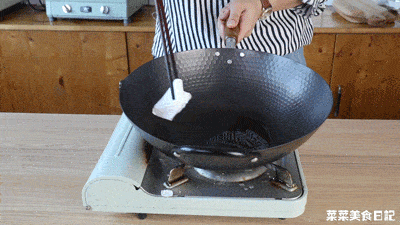

Additional Tips:
- Low Flame During Oiling: Low flame prevents the wok from warping.
- Dealing with Excessive Smoke: If there’s too much smoke, I turn off the heat and let the wok cool slightly before continuing.
- External Care: I also recommend oiling the exterior of the wok for comprehensive care.
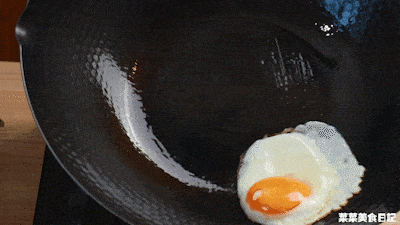
The Joy of Nurturing Your Iron Wok
Maintaining an iron wok is a journey, much like nurturing a relationship. It’s about building and strengthening the wok’s protective layer over time. Here’s my approach:
- Oiling Before Every Use: I habitually oil the wok before every use for the first few months. This practice significantly enhances the non-stick quality.
- The Hot Wok, Cold Oil Principle: Always preheat the wok before adding cold oil. This technique prevents food from sticking and reduces the risk of releasing harmful substances from overheating the oil.
- Gentle Cleaning: Post-cooking, I avoid harsh detergents and abrasive materials. Instead, I let the wok cool, pour hot water, boil it briefly, and then wipe it clean with kitchen paper. This method preserves the natural oil film and prevents flavor transfer between dishes.


Cooking Suggestions:
- Best Foods for Iron Woks: Rich, oily dishes like meats fortify the wok’s protective layer. Conversely, I avoid using iron woks for soups or steaming vegetables, as these can erode the hard-earned seasoning.
- Avoiding Rust: Never leave the wok soaked in water to prevent rust. After each use, I ensure it’s thoroughly dried or gently heated to evaporate moisture. If I plan to store the wok for an extended period, I give it one final oiling and keep it in a dry place.
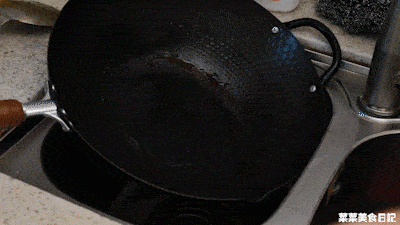

Rescuing a Rusty Iron Wok
Rust can be a common issue if the wok is mishandled, but it’s not a death sentence for your iron cookware.

- For Minor Rust: I use cut lemon to scrub the rust spots, then rinse and dry the wok. Heating and re-oiling it a few times helps restore its condition.
- For Severe Rust: In cases of significant rusting, I first heat the wok and scrub it with diluted vinegar (water: vinegar, 10:1 ratio). After rinsing several times, I proceed with re-seasoning as if it were a new wok.
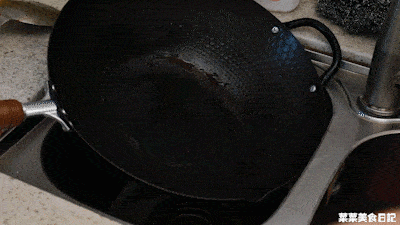

Caring for an iron wok can be as fulfilling as perfecting a signature dish. It’s about understanding and respecting the material, responding to its needs, and enjoying the process.
With patience and regular care, your iron wok will become a trusted companion in your culinary adventures, its surface growing smoother and more non-stick over time. And remember, if ever you slip up, a little TLC can bring your wok back to its former glory.

